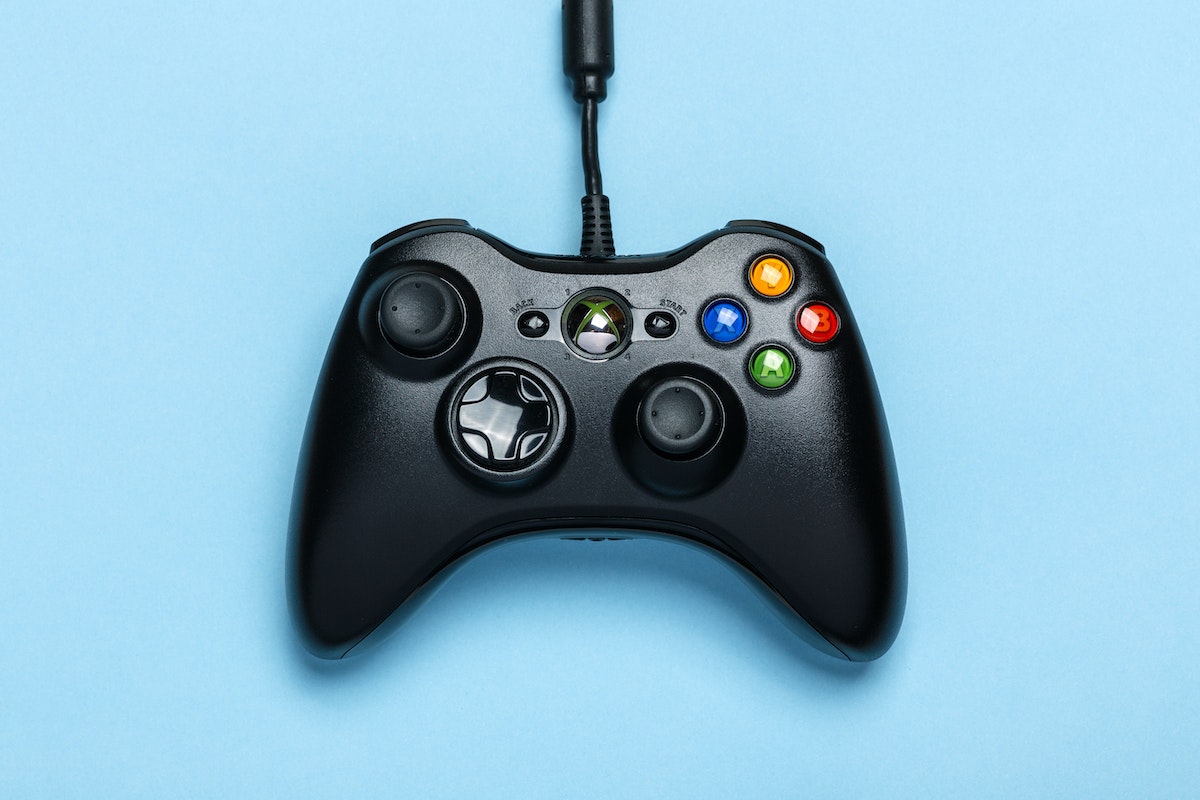Game art plays a crucial role in the GameDev industry, often determining a game’s appeal and immersion. The visual language communicates a game’s essence, captivating players and drawing them into virtual worlds.
When producing this art, developers primarily opt for one of two routes. They either harness the talents of their in-house artists, ensuring a close-knit collaboration and immediate feedback, or they outsource the task, tapping into a global pool of specialized talent. Both methods have their merits, and the choice typically hinges on various factors, from budget constraints to project timelines. This article compares the benefits of game art outsourcing and in-house production, revealing the central insight regarding these two approaches.

Understanding In-House Game Art Production
In-house game art production refers to the process where game developers utilize their internal team of artists and designers to create the visual elements of a game. This method typically requires a dedicated setup, including state-of-the-art software, hardware, and a conducive workspace tailored for artistic endeavors.
Advantages
One of the primary benefits of in-house production is the unparalleled control developers have over the creative process. With artists and game developers working side by side, there’s an avenue for immediate communication and feedback, ensuring the game’s vision is consistently realized. This proximity fosters cohesive team dynamics, where everyone shares a unified vision, enhancing the overall quality and coherence of the game art. Additionally, having the art produced within the company’s walls often means a tighter grip on intellectual property, reducing the risk of leaks or unauthorized use.
Disadvantages
However, in-house production isn’t without its challenges. The overhead costs can be substantial, encompassing salaries, advanced equipment, and pricey software licenses. Moreover, the range of artistic skills is confined to the talents of the in-house team, which might limit the diversity and innovation in the game’s visuals. Lastly, if there’s a need to ramp up production quickly, in-house teams might face scalability issues, especially if hiring and training new members becomes necessary.
Delving into Outsourced Game Art Production
Outsourced game art production involves contracting external studios or freelancers to design and produce game visuals. This approach has gained traction globally, with many developers tapping into art hubs across continents, from Eastern Europe to Southeast Asia, seeking expertise and cost advantages.
Advantages
A significant lure of outsourcing is its cost-effectiveness. Especially for specialized art or one-off projects, outsourcing can be more economical than maintaining an in-house team. Additionally, it offers access to a vast and diverse talent pool. Developers can cherry-pick artists with niche skills, ensuring the game’s visuals are innovative and top-notch. Furthermore, outsourcing provides impressive scalability. If a project needs to be expedited, developers can quickly onboard multiple artists or studios, ensuring timely delivery without compromising quality.
Disadvantages
At the same time, outsourcing has its own pitfalls. Communication can become challenging, with potential barriers arising from differing time zones, languages, and cultural nuances. This distance can also diminish direct control over the creative process, as feedback loops might be longer and less immediate. Furthermore, outsourcing can raise concerns about intellectual property security. With assets being developed externally, there’s an inherent risk of leaks or misuse, necessitating stringent contracts and trust-building measures.

Key Factors to Consider When Choosing Between In-House and Outsourcing
Several critical factors come into play when deciding between in-house and outsourced game art production.
Budget Constraints
Both methods come with distinct cost implications. While in-house production might entail higher fixed costs like salaries and equipment, outsourcing can lead to variable costs based on project size and complexity.
Project Timeline
Urgency plays a pivotal role. Outsourcing might offer quicker scalability if you need art swiftly, tapping into multiple resources simultaneously. Conversely, in-house teams, familiar with the project’s nuances, might deliver faster on smaller tasks.
Artistic Vision and Complexity
A game’s visual identity is paramount. If your vision is intricate or unique, it might be best realized with an in-house team deeply integrated into the project. However, external experts with specific skills might better address specialized or niche art requirements.
Team Size and Expertise
Evaluate your in-house team’s strengths and limitations. If they lack specific expertise, the outsourcing market can fill those gaps, offering a plethora of specialized artists and studios.
Intellectual Property Concerns
Protecting your game’s art and concepts is crucial. While in-house production might offer tighter IP control, outsourcing requires robust contracts, non-disclosure agreements, and trust to secure your intellectual property.
Conclusion
Both in-house and outsourcing present distinct advantages and challenges for game art production. While in-house teams offer tighter control and cohesion, outsourcing provides cost-effectiveness, scalability, and access to diverse talents.
The decision hinges on various factors, from budgetary constraints to project timelines and artistic vision. Ultimately, the best approach is contingent upon a project’s unique needs and long-term aspirations. Game creators must weigh the pros and cons of each method, ensuring their choice aligns with their game’s vision and success trajectory.